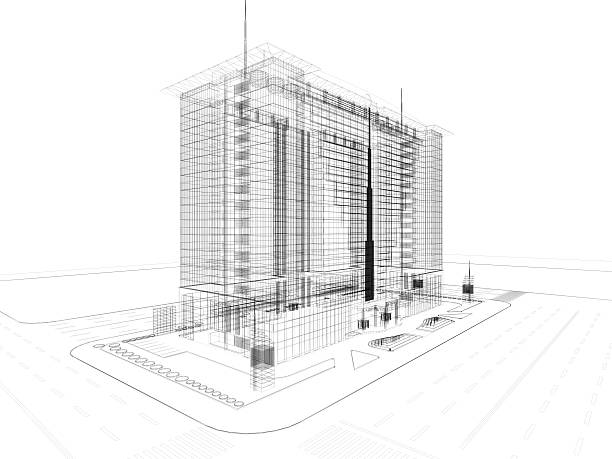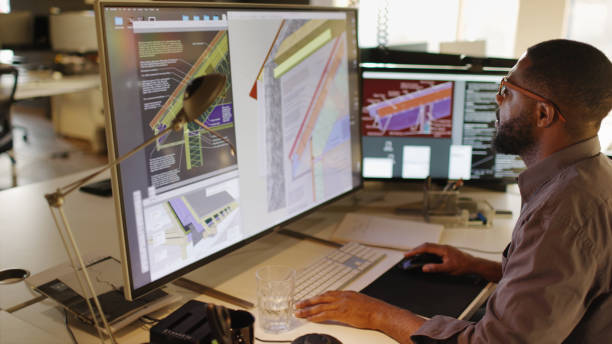Project Design: Building a Sustainable Community Garden
Introduction:
The project's main goal is to design and establish a sustainable community garden within our neighborhood. This community-driven initiative aims to foster a sense of belonging, promote environmental awareness, and provide access to fresh, organic produce for residents of all ages. By bringing people together through gardening, we can create a healthier and more cohesive community while contributing positively to the environment.
Project Objectives:
Project Implementation:
Project Evaluation:
Conclusion:
The "Building a Sustainable Community Garden" project strives to create a harmonious and green space where community members can connect, learn, and contribute to a healthier, more sustainable future. Through collaborative efforts and shared knowledge, we envision a thriving garden that enhances our community's quality of life while nurturing a deeper connection with nature and each other.
Introduction:
The project's main goal is to design and establish a sustainable community garden within our neighborhood. This community-driven initiative aims to foster a sense of belonging, promote environmental awareness, and provide access to fresh, organic produce for residents of all ages. By bringing people together through gardening, we can create a healthier and more cohesive community while contributing positively to the environment.
Project Objectives:
- Establish a functional community garden space: Select an appropriate location and design the layout for the community garden, incorporating essential features like raised beds, composting areas, water collection systems, and accessible pathways.
- Foster community involvement: Engage residents in the planning and implementation process, encouraging their active participation in gardening, workshops, and events. Create a sense of ownership and pride among community members.
- Promote sustainable gardening practices: Educate participants about eco-friendly gardening techniques, including organic pest control, water conservation, and soil enrichment. Encourage the use of renewable resources and discourage harmful chemical usage.
- Facilitate knowledge sharing: Organize workshops, seminars, and demonstrations led by gardening experts to educate community members on various aspects of gardening, such as planting, harvesting, and composting.
- Enhance biodiversity: Integrate native plants, flowers, and pollinator-friendly species within the garden to attract beneficial insects and support local wildlife.
- Develop a social space: Create a gathering area within the garden where community members can relax, interact, and exchange ideas, further strengthening community bonds.
- Establish partnerships: Collaborate with local schools, businesses, and non-profit organizations to garner support, resources, and additional expertise for the project.
Project Implementation:
- Site Selection: Identify potential locations within the community that meet essential criteria, such as access to sunlight, water availability, and proximity to community centers.
- Design and Planning: Form a project design team comprising landscape architects, horticulturists, and community representatives to create a comprehensive garden layout and infrastructure plan.
- Community Outreach: Conduct town hall meetings, workshops, and surveys to involve community members in the decision-making process, addressing their needs and preferences.
- Fundraising and Resource Acquisition: Seek grants, donations, and sponsorship from local businesses and organizations to secure the necessary funds and materials for garden construction.
- Garden Construction: Assemble volunteers from the community to help build raised beds, construct structures, and install necessary irrigation systems.
- Planting and Maintenance: Organize planting days where community members can contribute to the garden's development. Establish a volunteer schedule to ensure regular maintenance and upkeep.
- Educational Programs: Arrange regular workshops, gardening classes, and educational sessions to empower community members with sustainable gardening knowledge.
Project Evaluation:
- Track Progress: Regularly assess the project's advancement against established objectives and milestones.
- Community Feedback: Gather feedback from participants through surveys, focus groups, and open discussions to understand their experiences and identify areas for improvement.
- Environmental Impact: Monitor ecological changes, such as increased biodiversity and reduced waste, to measure the garden's positive impact on the environment.
- Social Impact: Assess the garden's role in building social connections, promoting community involvement, and improving residents' overall well-being.
Conclusion:
The "Building a Sustainable Community Garden" project strives to create a harmonious and green space where community members can connect, learn, and contribute to a healthier, more sustainable future. Through collaborative efforts and shared knowledge, we envision a thriving garden that enhances our community's quality of life while nurturing a deeper connection with nature and each other.




